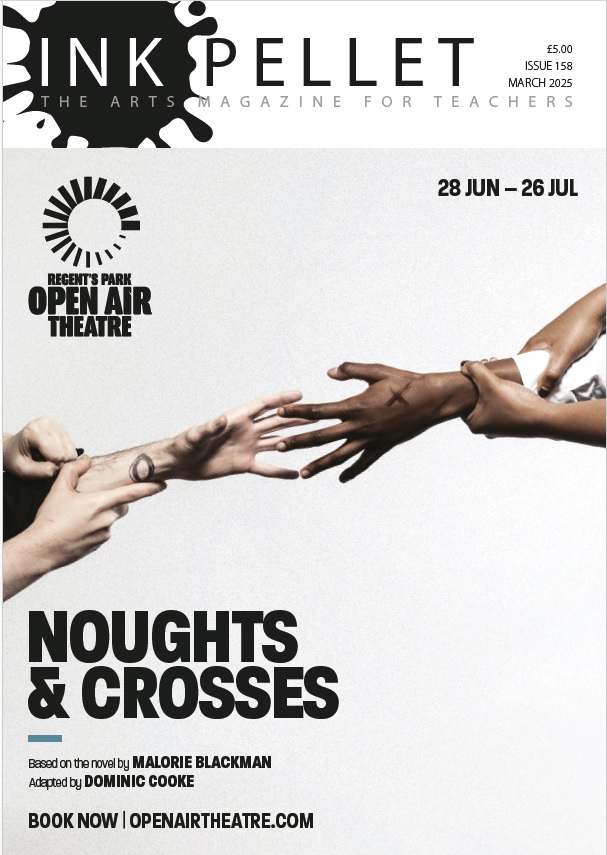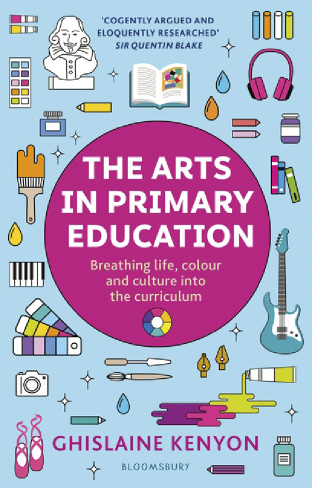By Ghislaine Kenyon
Published by Bloomsbury
Arguably there should be a copy of this book on every Head Teacher’s desk. In 134 pages it sets out the case for primary school arts in an accessible, jargon-free way with lots of case studies.
The first chapter details the reasons why the arts matter. The other five chapters take a detailed look in turn at visual and plastic arts, music, dance, drama and literature. Yes, of course there have been cuts and we all know that in some schools the arts have been well and truly sidelined. Kenyon, however, is very strong on how schools can avoid this, particularly since recent changes in the curriculum have allowed more flexibility. Orchestras, ballet companies, theatres, theatre companies, art galleries and libraries run outreach schemes.
The arts can be embedded in the curriculum as they are at Springhead Primary School in North Staffs, her visit to which interested me particularly because I’ve been there too. Springhead – in a former mining community – is an RSC hub school and bases most of its work around Shakespeare. I was very impressed and so is Kenyon, who interviews the head about how his staff move the children from text and humour to things like PSHE, maths and geography in a way which every child and teacher seems to enjoy. “The arts are also good for teachers” observes Kenyon.
She suggests that heads should be actively approaching and engaging with organisations which might be able to support arts provision – even down to looking for players of musical instruments among the wider school family such as staff partners.
Kenyon was a primary school teacher before becoming Head of Education at the National Gallery and then Head of Learning at Somerset House. She now delivers INSET in the arts for primary schools. Her practical book is full of achievable ideas, strategies and examples. The elephant in the room is that some heads are themselves lacking in commitment to the arts and understanding of why they matter.



